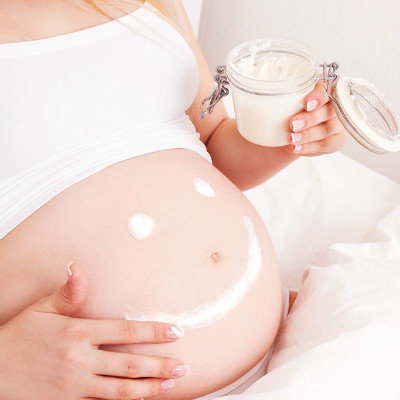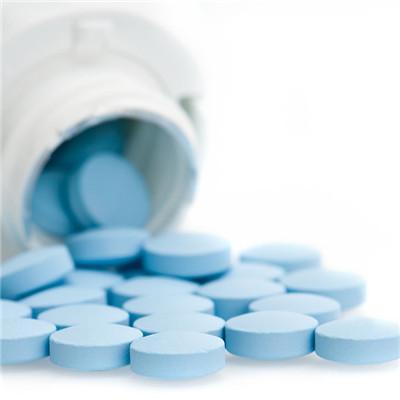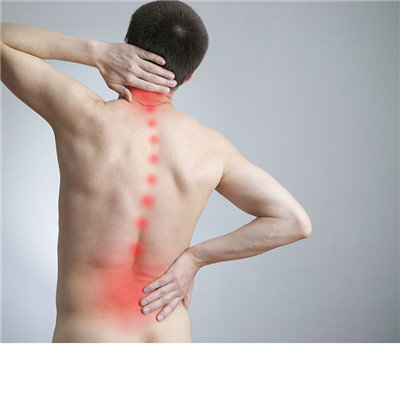What method does treatment oviduct pass but not unobstructed have
summary
Medical abortion can avoid the pain of surgical abortion and postoperative complications, with the characteristics of convenient application and reliable effect, but it also has its limitations and side effects, such as vaginal bleeding, gastrointestinal reactions, and even cause female fallopian tube blockage, resulting in infertility. Now let's share the methods to treat fallopian tube patency.
What method does treatment oviduct pass but not unobstructed have
First: drug treatment, salpingitis caused by Tubal Obstructive Infertility is mainly chronic inflammation, so most medical institutions use drugs, especially traditional Chinese medicine treatment, but the curative effect is not good.
Second: hysterosalpingography, which can see the shape and position of uterine cavity and the shape of fallopian tube from the screen and photos. In the unobstructed cases, the image extends to the outside of the fimbria port of fallopian tube, and the diffusion of contrast agent in the pelvic cavity can be seen on the X-ray film. If the tubal obstruction, visible obstruction site, this method can also identify endometrial, tubal and pelvic tuberculosis lesions.
Third: laparoscopic examination, injection of pigment liquid such as methylene blue into the uterus from the uterine orifice. Through laparoscopic observation, methylene blue flows through the fallopian tube and overflows into the pelvic cavity, which is unobstructed. If there is obstruction, methylene blue can be seen staying, which is the obstruction site. In addition, laparoscopy can directly observe the adhesion around the fallopian tube, the location and degree of adhesion, and the anatomical relationship between the fimbria end of fallopian tube and ovary.
matters needing attention
It is best to use contraception for three months after radiography to reduce the possible effects of X-ray irradiation. However, clinical observation found that pregnant women in the month after angiography did not increase the risk of fetal abnormalities.











